Location: Science Hall, Room 108,
502 Yates St., Arlington, TX 76019
Mailing address: P.O. Box 19059
Phone: 817-272-2266
Fax: 817-272-3637
Email: physics@uta.edu
Research
The UTA Department of Physics has a varied and highly regarded research program, with internationally recognized faculty leading the way in a number of fields. Our faculty have received numerous awards for their teaching and mentoring of students both in the classroom and in the laboratory, and they encourage undergraduate students to become involved in research early in their academic careers.
Our faculty’s research work is held in high esteem, and department faculty have been awarded millions of dollars in research funding from sources such as the National Science Foundation, NASA, U.S. Department of Defense, National Oceanic and Atmospheric Administration (NOAA), University Corporation for Atmospheric Research, and more.
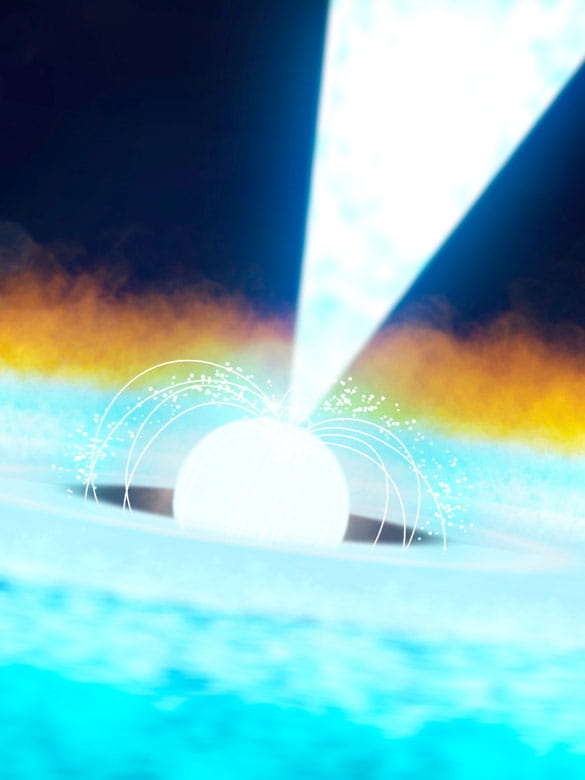
Astrophysics
Faculty: Manfred Cuntz, Zdzislaw Musielak, Sangwook Park, Nevin Weinberg
The astrophysics group’s research plays an essential role in understanding the observed activity of our Sun and different stars, the existence of Earth-like planets outside the solar system, and the evolution and fate of the universe.
- Theoretical studies of stellar activity in late-type stars, including the Sun
- Ground-based and space-based observations of solar-type stars, evolved stars and magnetic white dwarfs
- Extra-solar terrestrial planets, stellar habitable zones, and astrobiology
- Planning of the NASA Stellar Imager Vision Mission
- The origin of dark energy and dark matter
- Development of planetarium shows, among other EPO initiatives
- Observational X-ray astronomy
- Supernova/supernova remnants, neutron stars, cosmic rays, and hot interstellar medium
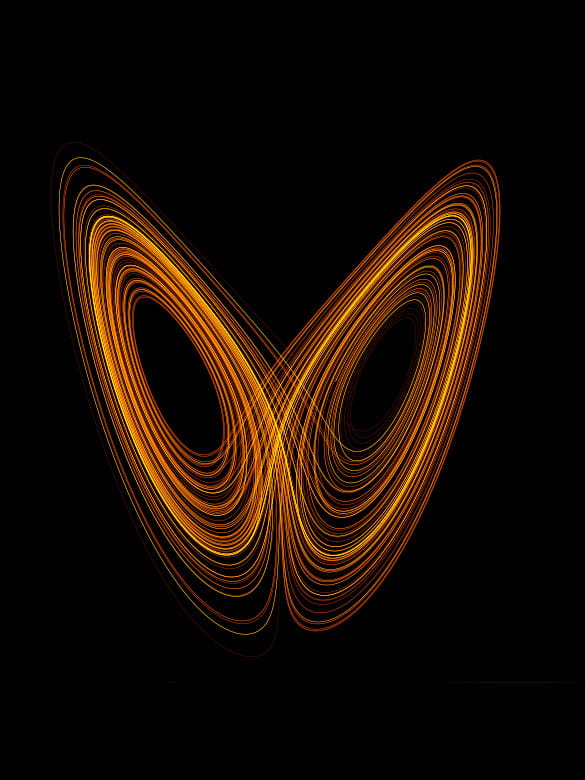
Chaos and Nonlinear Physics
Faculty: Zdzislaw Musielak
Current research in this area focuses on the following topics:
- Routes to chaos in systems with many degrees of freedom
- Fractal techniques and their applications to data analysis
- Analytical methods for solving nonlinear differential equations
- Quantum and classical descriptions of chaotic systems

Condensed Matter Physics
Faculty: Ali Koymen, J. Ping Liu, Joseph Ngai, Alex Weiss
The experimental condensed matter group is performing research at the forefront of a number of areas of emerging technological importance.
Major efforts in condensed matter physics include:
- Surface characterization, scanning Auger microscopy
- Positron-solid interactions
- Thin films, magnetic multilayers
- Scanning electron microscopy with polarization analysis (SEMPA)
- Microwave studies in superconductors and magnetic materials
- Nanostructured magnetic materials (see below)
- Complex oxide heterostructures and electronics
Positron Surface Group: Ali Koymen, Alex Weiss
Complex Oxide Heterostructures Electronics (COHE) Group: Joseph Ngaire
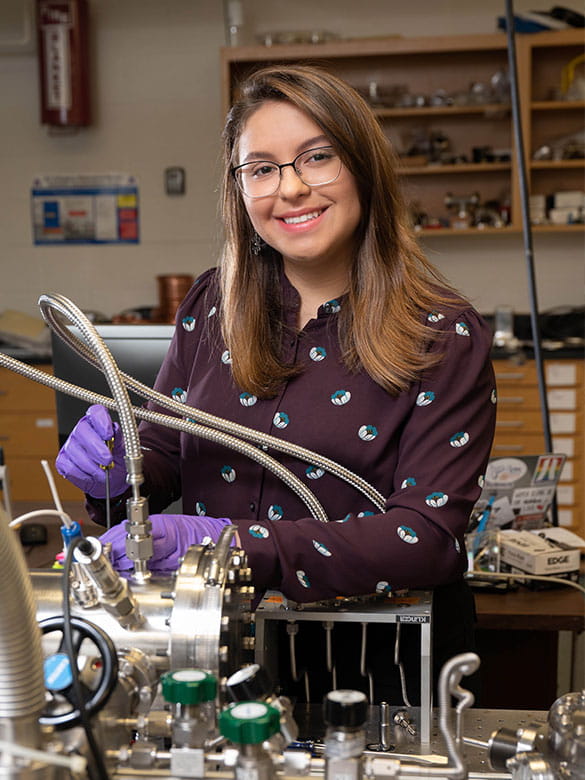
High Energy and Nuclear Physics
Research in high energy physics, or particle physics, involves studying and searching for the elementary particles which are the most fundamental building blocks of nature. One of the fundamental open questions in physics is the nature of the neutrino.
Faculty: Andrew Brandt, Kaushik De, Amir Farbin, Haleh Hadavand, Andrew White, Jae Yu
Neutrino Physics Group
Faculty: Jonathan Asaadi
Neutrinos and Rare Event Searches
Faculty: Benjamin Jones, David Nygren
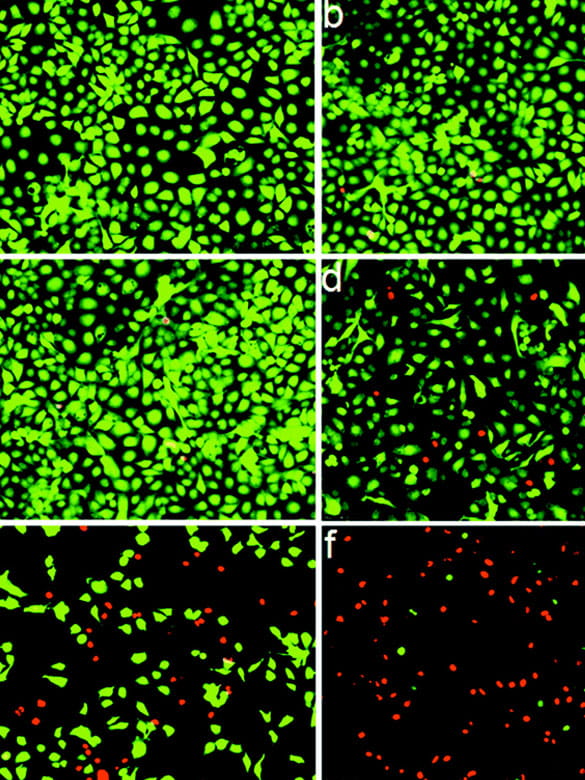
Medical Biophysics
Faculty: Wei Chen, Yujie Chi, Mingwu Jin, Amir Shahmoradi
The UTA medical and biophysics research group conducts research on finding ways to solve medical and biological challenges with advanced physical concepts and techniques. Among their areas of research:
- Development of nanoparticles for use in treatment for cancer
- Designing and constructing microbeam irradiation facilities
- Techniques in radiation medicine; image science, machine learning and data mining
- Developing data science techniques for use in biomedicine and biophysics
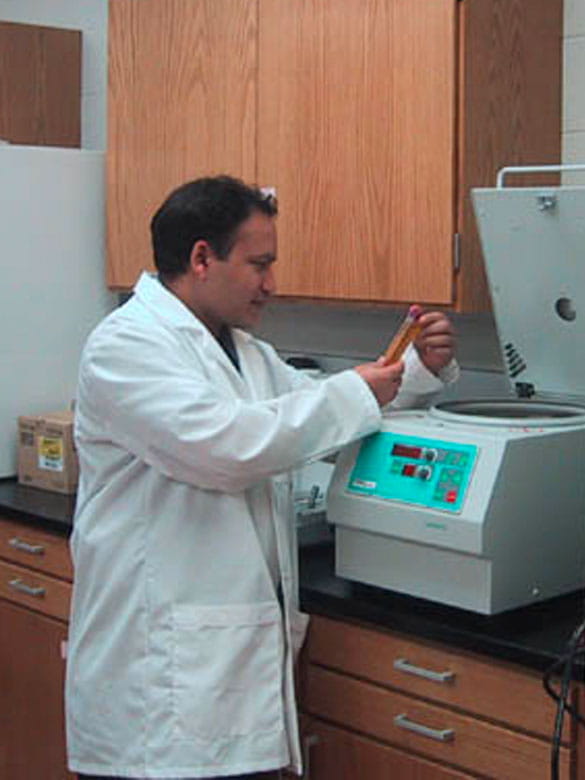
Nanostructured Magnetic Materials
Faculty: J. Ping Liu
The significant increase of applications of advanced materials has created a great demand for deliberate exploration of nanostructured magnetic materials. The NMM group conducts research utilizing hard and soft magnets spanning all four dimensions – nanoparticles, nanorods and nanowires, thin films and multilayers, and nanostructured bulk magnets.

Space Physics
Faculty: Yue Deng, Ramon Lopez, Daniel Welling, Frederick Wilder
The focus of the Space Physics Research Group is mainly on plasma phenomena in the terrestrial environments.
Space Physics research topics include:
- Solar wind-magnetosphere-ionosphere coupling
- Magnetospheric modeling
- Upper atmosphere (ionosphere/thermosphere) modeling
- Data analysis of both ground-base and satellite observations
- Space weather application
- Physics education with applications to space physics and geo science with a focus on visual cognition
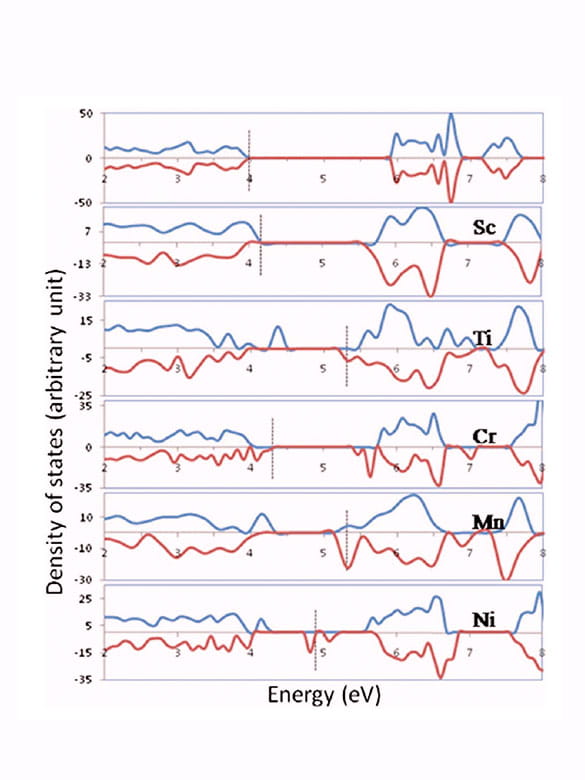
Theoretical Condensed Matter Physics
Faculty: Muhammad Huda, Qiming Zhang
Current research in this area focuses on the following topics:
- Electronic structure theory of clusters, films and solids
- Many-body theory
- Feynman-Kac path integral formalism
- Molecular dynamics
- Surface physics
- Massively parallel computing
- Transport theory